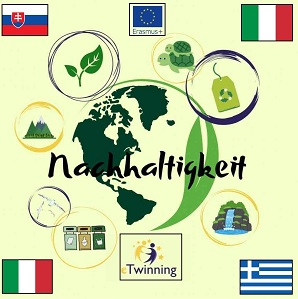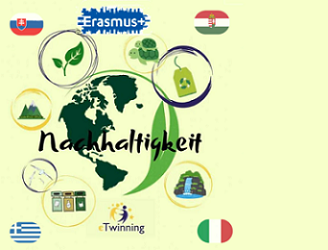Nyíregyháza is hosting the last student meeting. The meeting will take place from May 12 to 16, 2025. Here are the events of the first day:
The first day of the week began with a ceremonial opening at the school, where the guests were welcomed by the organizing team and the school management. The topic of sustainability was not only present in terms of content, but also permeated the entire day on a practical level: the catering, the program and the school presentation were all carried out in the spirit of environmental awareness. The aim of the event was to use concrete examples to show participants what sustainability means in everyday school life, in the urban environment and in community thinking.
In the morning, visitors were given a guided tour of the school to learn about various environmentally friendly solutions: energy-efficient lighting, waste separation, the use of recycled materials and paperless learning with digital teaching materials.
The students from the participating countries – Hungary, Italy, Slovakia and Greece – then presented their programs from February to June 2025, all of which focused on the topic of sustainability. The presentations focused on environmentally conscious behavior at school and at home, recycling, saving energy and the conscious use of digital devices. The Hungarian and Italian student groups then presented their concepts for a sustainable classroom.
The students then took part in a digital city discovery game on the Redmenta platform, where they got to know various places in the city from a sustainability perspective – including public green spaces, energy-efficient buildings and environmentally friendly transport solutions. At the same time, the teachers discussed the pedagogical and organizational aspects of the programme in a specialist meeting.
At 1 p.m., the delegation was received by Deputy Mayor Jászai Menyhért. At the meeting, the city’s sustainability strategy was presented, covering topics such as transportation, energy consumption, the expansion of green spaces and the promotion of environmental awareness among the population. The students asked questions and made their own suggestions on how the city could be made even more sustainable.
In the afternoon, the program was divided: the teachers visited the city’s church and gained insights into sustainable methods for preserving the built heritage, while the students visited a nearby boarding school, where they learned about practical solutions for sustainable management – such as water and energy conservation and conscious community rules.
After the program, the students returned to their host families, where they were able to gain first-hand experience of an environmentally conscious lifestyle in everyday life: cooking together, separating waste, using water and energy sparingly and talking about conscious consumption.







No Comments Yet